Via Modobag.
Get the latest international news and world events from around the world.
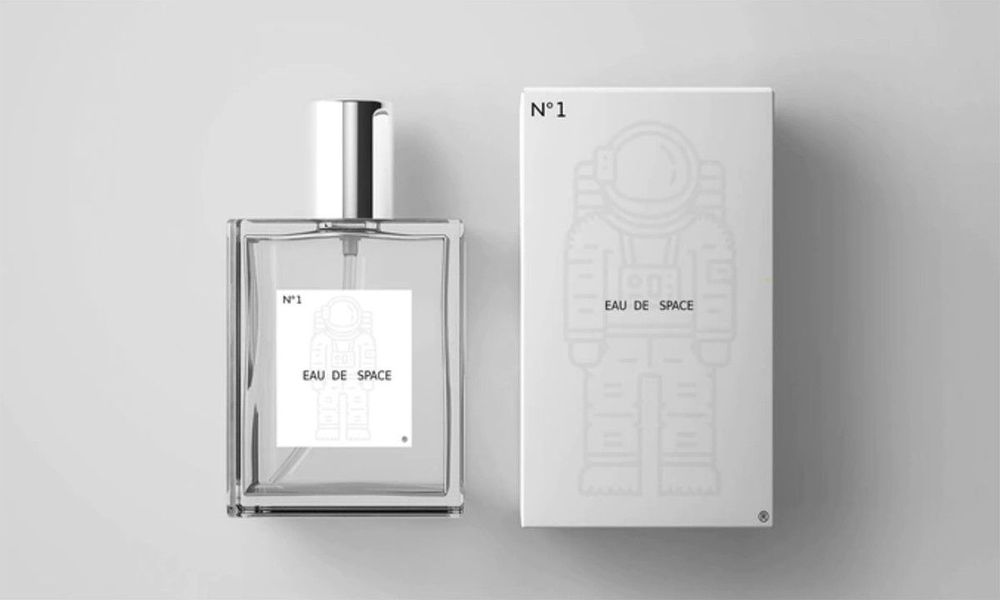
NASA Is Releasing a Fragrance That Smells Like Space
NASA is bringing the smell of space to Earth with a new fragrance called Eau de Space. The fragrance was developed by chemist Steve Pearce, who was contracted by NASA in 2008 to recreate the scent of space.
With his knowledge of flavor and fragrance chemistry, Pearce used astronauts’ descriptions of the smell of space to come up with combinations to match what was described as “ozone, hot metal, and fried steak,” CNN reports.
“It’s a bitter kind of smell in addition to being smoky and burned, kind of like a smell from a gun, right after you fire the shot,” astronaut Peggy Whitson told CNN. Eau de Space product manager, Matt Richmond, said he has struggled to accurately describe the fragrance’s scent, adding that astronauts have also likened the smell to “a mix of gunpowder, seared steak, raspberries, and rum.”

Posthuman Politics and Artificial-Death
A better deal than any supernaturalist religion can offer; that seems to me what Julian Huxley intended. Some relief from fear of death. Morality self judged and perhaps situational – but not ethical codes forced on you by an imaginary invisible bullying tyrant(s) or a human calling upon His name…
A lot – possibly most- individuals on trans/ singul/ posthuman lists are drawn to radical futurism for specific reasons of extending life and attaining immortality (continuation of awareness) after physical death by technology. Different groups are working on different projects, but posthuman.org is concentrating on MVT analog circuits with Zenet interface. This is much less ambitious than approaches involving whole brain/ personality/ memory preservation, since there is only need to retain signals relating to game decision making. But who wants to be particularly aware of being dead?
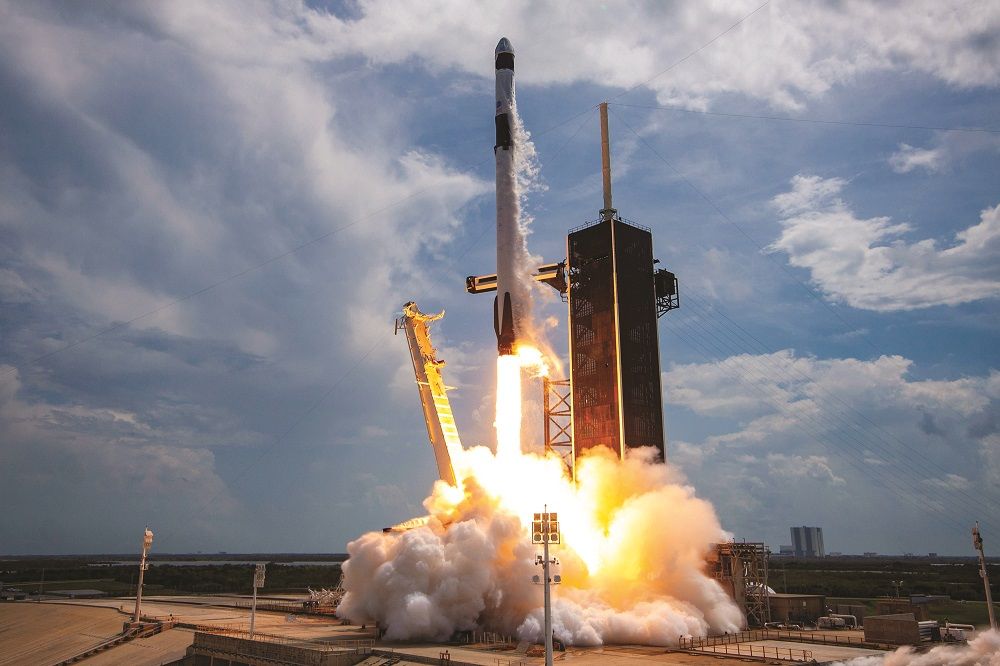
The long countdown to commercial crew’s liftoff
Success, the saying goes, has a thousand fathers. Sure enough, when a SpaceX Falcon 9 lifted off May 30, placing a Crew Dragon with two NASA astronauts on board into orbit on the first human orbital spaceflight from U.S. soil in nearly nine years, plenty of prospective parents stepped forward.
President Donald Trump, who attended the launch at the Kennedy Space Center, was quick to take credit for it. “With this launch, the decades of lost years and little action are officially over,” he said in a speech at KSC two hours after liftoff. “Past leaders put the United States at the mercy of foreign nations to send our astronauts into orbit. Not anymore.”
Others cried foul, noting that the commercial crew program started during the Obama administration. In a call with reporters days before the launch, former NASA Administrator Charles Bolden and former Sen. Bill Nelson (D-Fla.) praised work by Joe Biden, Obama’s vice president and the 2020 Democratic nominee for president, to build support for the program in its early years. “He was very much a part of the decision-making that went into this and ultimately brings us to this success,” Nelson said.
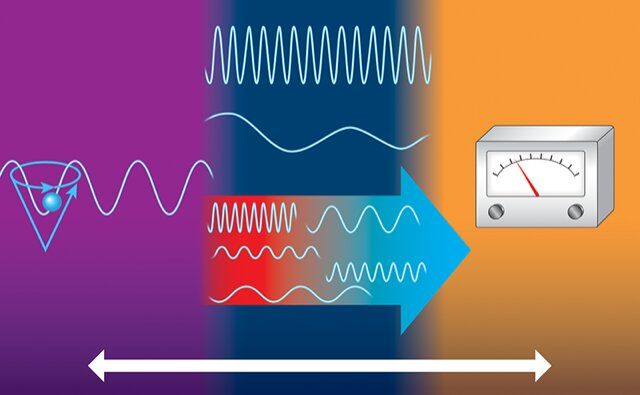
New breakthrough in ‘spintronics’ could boost high speed data technology
Scientists have made a pivotal breakthrough in the important, emerging field of spintronics—which could lead to a new high speed energy efficient data technology.
An international team of researchers, including the University of Exeter, has made a revolutionary discovery that has the potential to provide high speed, low power-usage for some of the world’s most well-used electronic devices.
While today’s information technology relies on electronics that consumes a huge amount of energy, the electrons within electric currents can also transfer a form of angular momentum called spin.
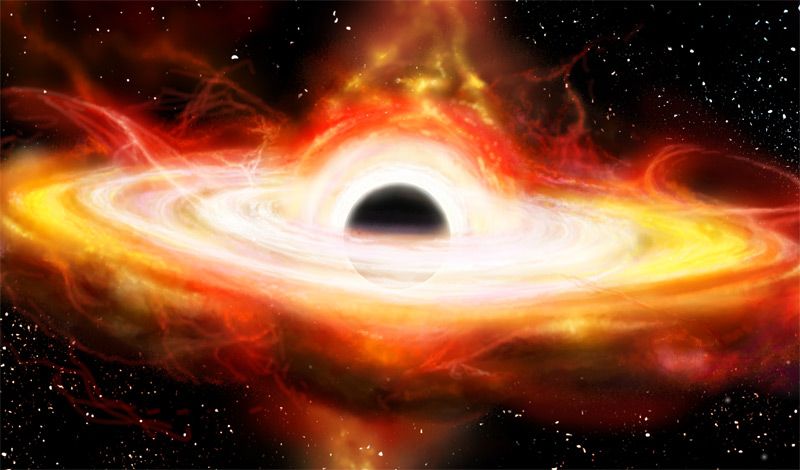
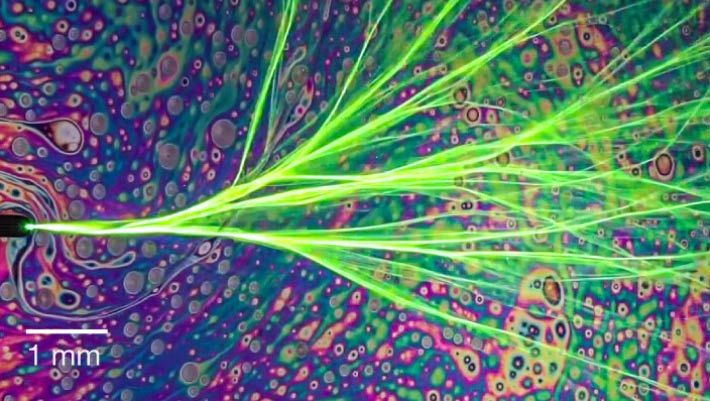
Physicists Observe Branched Flow of Light
Physicists from the Technion-Israel Institute of Technology and the University of Central Florida have experimentally observed optical branched flow in liquid soap films.
Instead of producing completely random speckle patterns, the slowly varying disordered potential gives rise to focused filaments that divide to form a pattern resembling the branches of a tree.
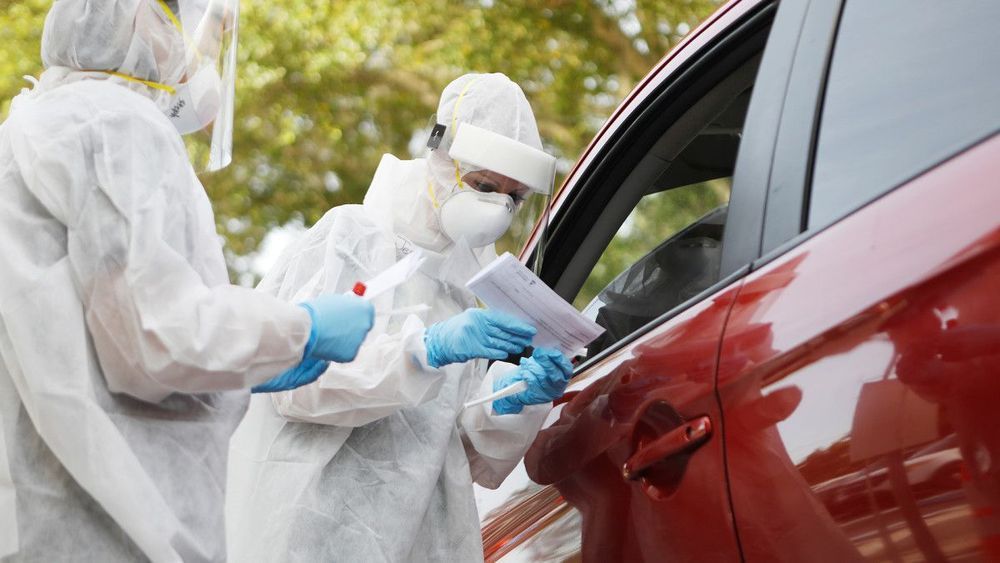
Researchers Indicate COVID-19 Mutation Has Made Virus More Contagious
Researchers from Northwest University’s medical school in Chicago believe a mutation in the coronavirus has made it considerably more contagious.
Infection disease special Egon Ozer of the Feinberg School of Medicine has said that upon examining the genetic structure of coronavirus samples, it was evident there was a change in one of the amino acids that allowed a spike in protein on the surface of the virus.
In layman’s terms, this change has allowed the virus to penetrate nearby cells easier, and as a result the virus can replicate faster and be passed on easier.

Age-related heart disease linked to gut bacteria metabolite
New research from the University of Colorado Boulder has offered some of the clearest evidence to date showing how the gut microbiome produces a metabolite that, over time, contributes to age-related declines in cardiovascular health.
High blood levels of trimethylamine-N-Oxide (TMAO), a metabolic byproduct of digestion, have been strongly linked to negative cardiovascular health. When one eats red meat, eggs or other animal proteins, certain types of gut bacteria feed on chemicals in those foods and produce TMA, or trimethylamine, which is then turned into TMAO in the liver.
A number of studies have linked TMAO to heart disease, however, until now it hasn’t been clear exactly how this metabolite causes cardiovascular damage. A robust new study, published in the journal Hypertension, is offering one of the first thorough mechanistic investigations illustrating how TMAO damages the cardiovascular system.
Jumping From Space! — Red Bull Space Dive — BBC
Circa 2016
The moment has finally arrived, it’s time for Felix Baumgartner to perform the space dive. Taken from Red Bull Space Dive.
Want to share your views with the team? Join our BBC Studios Voice: https://www.bbcstudiosvoice.com/register
This is a commercial channel from BBC Studios. Service & Feedback https://www.bbcstudios.com/contact/contact-us/